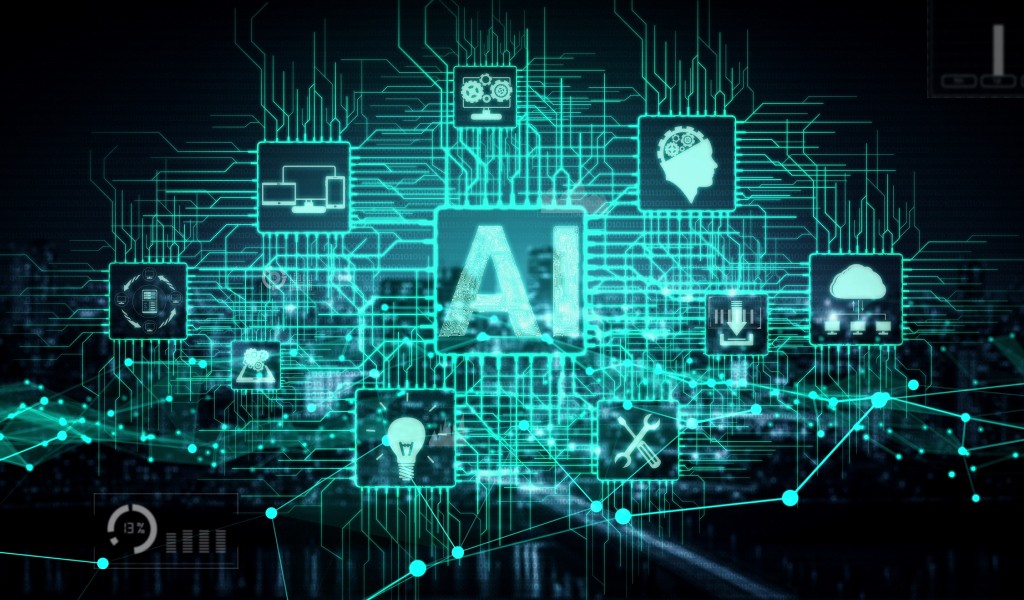In today’s rapidly changing world of technology, software development practices are undergoing a radical transformation. One of the most impacted areas is undoubtedly software testing. The acceleration of continuous integration (CI/CD) cycles has started to challenge traditional testing approaches.
As a test specialist, I witness this transformation every day. Software testing is no longer just a process of finding bugs; it has become a strategic partner that ensures quality, increases efficiency, and shapes the culture.
How Is AI Transforming Test Processes?
Software testing is inherently a challenging and time-consuming process. Although automation tools have long been part of our lives, they can sometimes fall short in the face of increasing complexity. This is where we turn to AI-based solutions to take efficiency to the next level.
So, what exactly does AI do in test processes?
We see its greatest impact in the generation of test cases and data. We can now automatically generate test scenarios from requirements documents or directly from the code itself, using large language models like GPT-3 or classic algorithms. When it comes to test maintenance, one of the biggest challenges, self-healing automation comes into play. AI automatically corrects tests that break due to minor interface changes, significantly reducing maintenance costs and saving us time and resources. Furthermore, thanks to machine learning models, we can analyze historical data to predict which areas of the code are more prone to errors, allowing us to focus our limited resources on the riskiest parts.

The Challenges of AI: It’s Not a Perfect Solution
Despite these exciting opportunities, it’s important to recognize that implementing these systems comes with its own set of significant challenges.
The performance of any AI model is directly tied to the quality and quantity of the data it’s trained on. Insufficient or poor-quality data can lead to flawed results and incorrect decisions. Furthermore, implementing AI systems requires a significant initial investment in specialized hardware. There is also a high demand for skilled experts who can manage these systems and interpret their results, which can be a major hurdle given the talent gap in the market. Classic issues like overfitting—where a model essentially memorizes training data but fails with new data—and the risk of regression—where a small change to the model breaks previously working functions—remain significant challenges that must be carefully managed.
Conclusion: A Future Based on Human-Machine Collaboration
Artificial intelligence is undoubtedly one of the core technologies shaping the future of software testing. While it offers remarkable efficiency gains, its successful implementation requires overcoming unique challenges.
Therefore, the most effective approach is not to view AI as a standalone solution, but as a strategic tool that complements human expertise. The successful model for the future will be based on hybrid structures that combine the automation and analytical power of AI with the strategic thinking, exploratory testing, and complex problem-solving abilities of test specialists. Technology is created by people, and without a human-centric approach, true innovation cannot exist.

